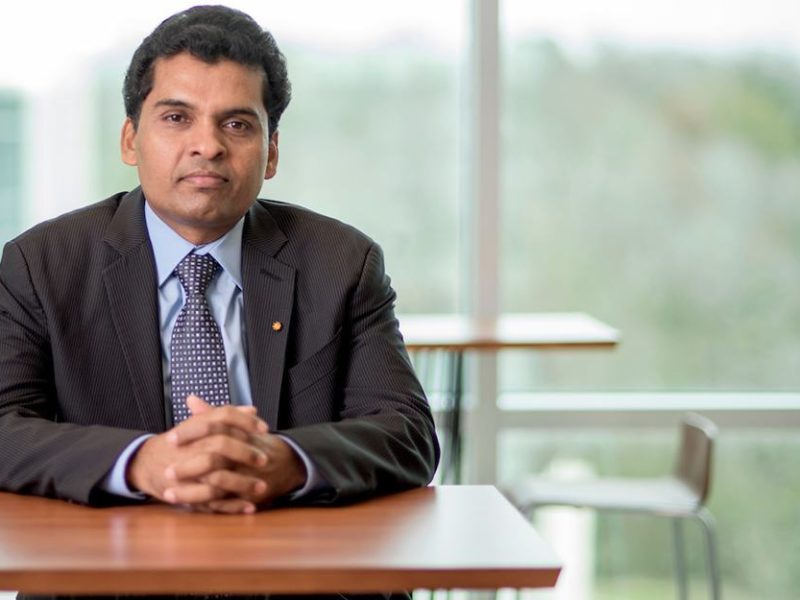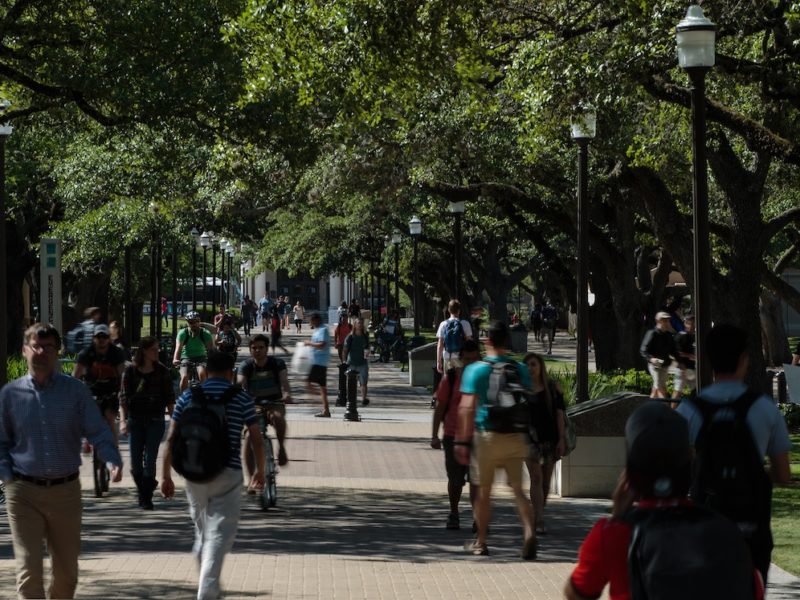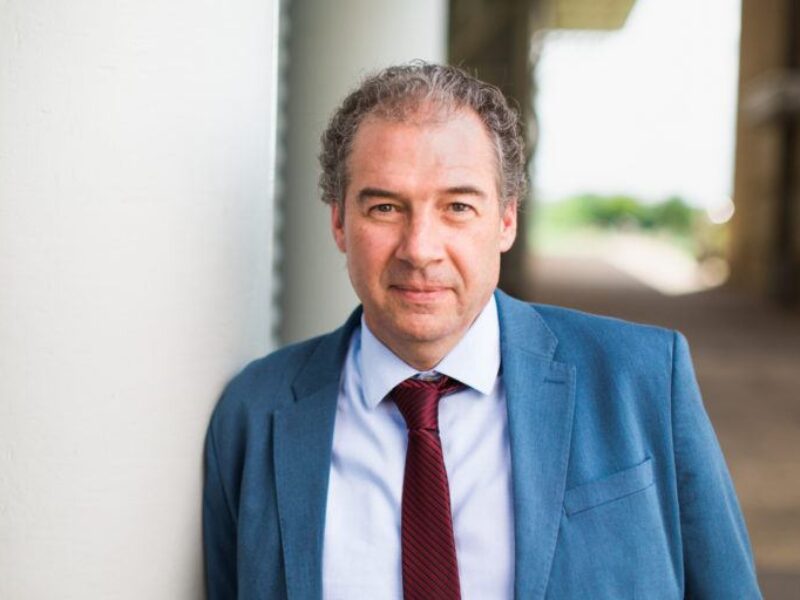Students Design Health For All Clinic
 Students in Texas A&M University Architecture-for-Health design studio have teamed with Health For All, a nonprofit health clinic in Bryan, to research and design a sustainable medical facility that will expand health care services for low-income, uninsured individuals in the Brazos Valley.
Students in Texas A&M University Architecture-for-Health design studio have teamed with Health For All, a nonprofit health clinic in Bryan, to research and design a sustainable medical facility that will expand health care services for low-income, uninsured individuals in the Brazos Valley.
The designs will be unveiled to the public at 4:30 p.m. Monday (Oct. 5) at the Hilton Hotel in College Station.
Health For All, located at 1328 Memorial Drive, delivers primary and preventive health care services to thousands of patients annually, including those who don’t qualify for Medicaid, Medicare or county indigent funds.
“Our current facility is a major improvement over previous locations, but offers limited options for expansion to meet the rapidly growing indigent health care needs in our community,” said Derek Dictson, executive director of Health for All. “The students have been exploring alternative solutions and will be presenting ideas and design concepts for consideration.”
Dictson said he wants the clinic to triple its service capacity and expand its offerings to rural populations.
In the Brazos Valley alone, Dictson says, almost 60,000 people are uninsured.
“Our patients are between 18 and 64 years old, 80 percent of whom earn less than $1,500 a month,” he explains. “Over 60 percent of patients are female and most are single parents.”
The 16 students tackling the project are gaining valuable experience working with a client, said George Mann, holder of the Ronald L. Skaggs, FAIA and Joseph G. Sprague, FAIA Endowed Chair in Health Facilities Design at the Texas A&M College of Architecture and co-director of the Architecture-For-Health studio.
“They have taken widely differing and creative approaches to their design solutions, but all reflect the latest sustainable design concepts such as wind generators, solar energy panels, reflective materials, and landscaping,” says Mann. They are also recommending locations for the clinic that will be accessible to its clients, many of whom do not own cars, he said.
Co-directing the studio with Mann are Joseph J. McGraw, professor emeritus; Kazu Okamoto, visiting assistant professor of architecture from the University of Tokyo; the Kajima Corporation; and Ruka Kosuge Okamoto, a visiting scholar from the University of Tokyo.
Media contact: tamunews@tamu.edu.





